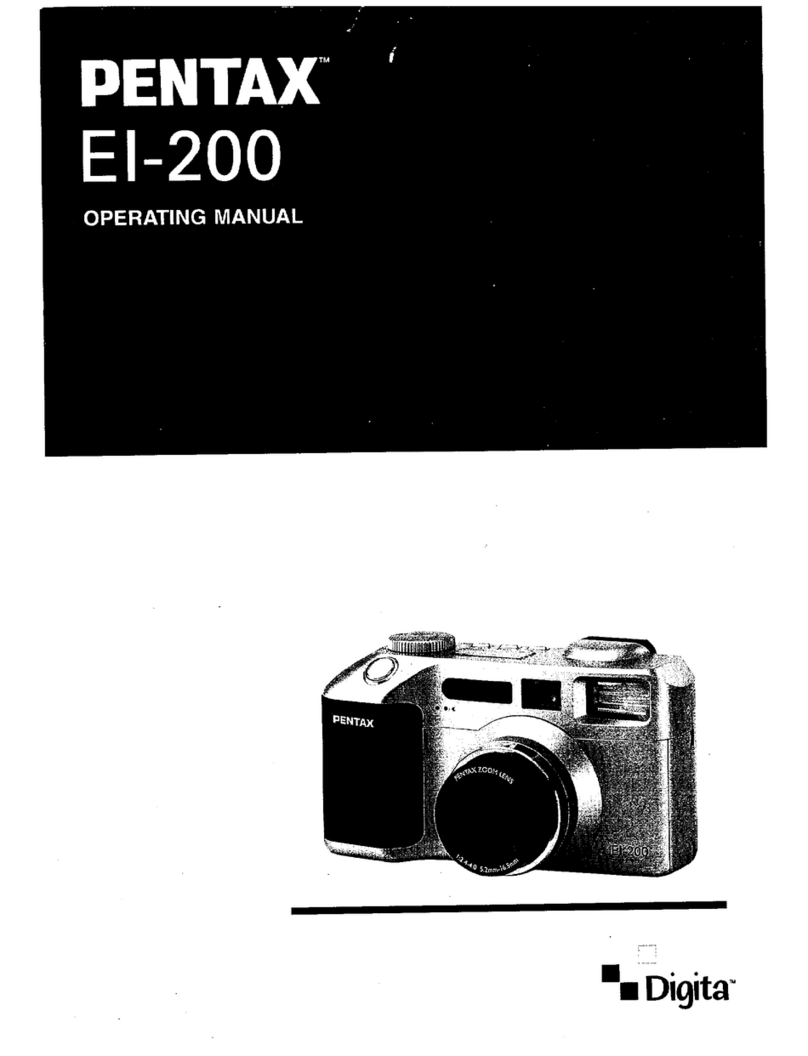Pentax Zoom 70-R User manual
Other Pentax Digital Camera manuals
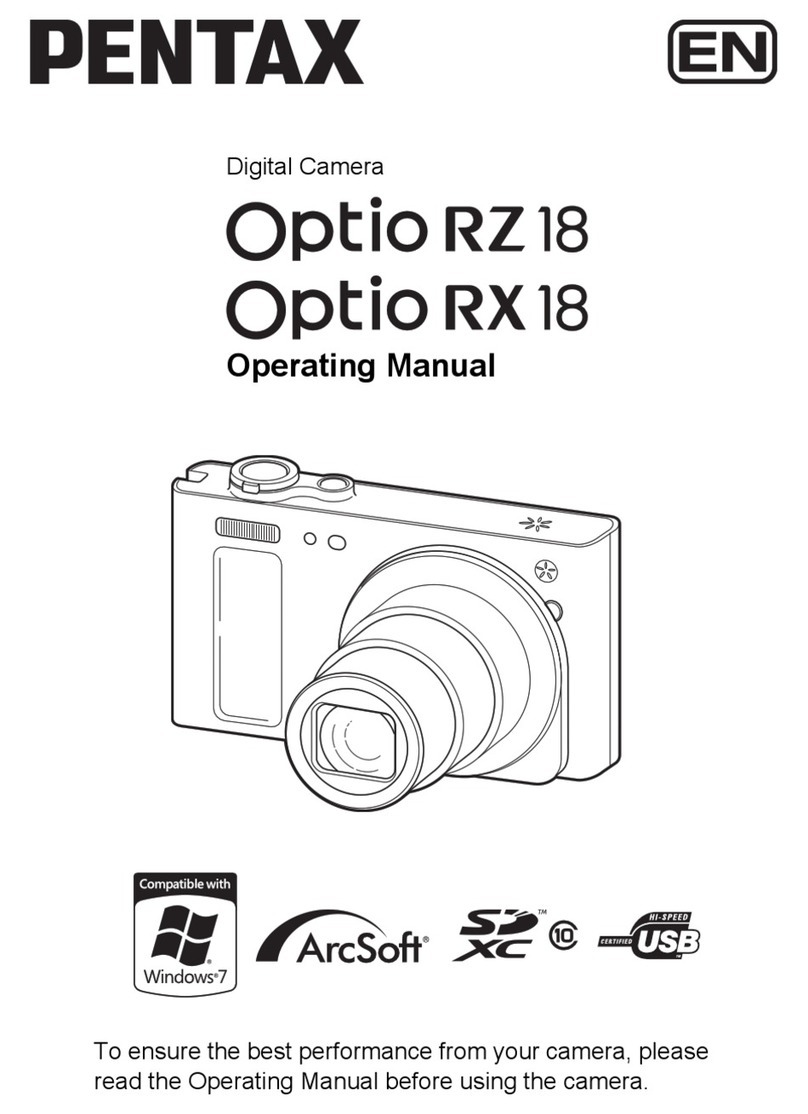
Pentax
Pentax Optio RZ18 Black User manual
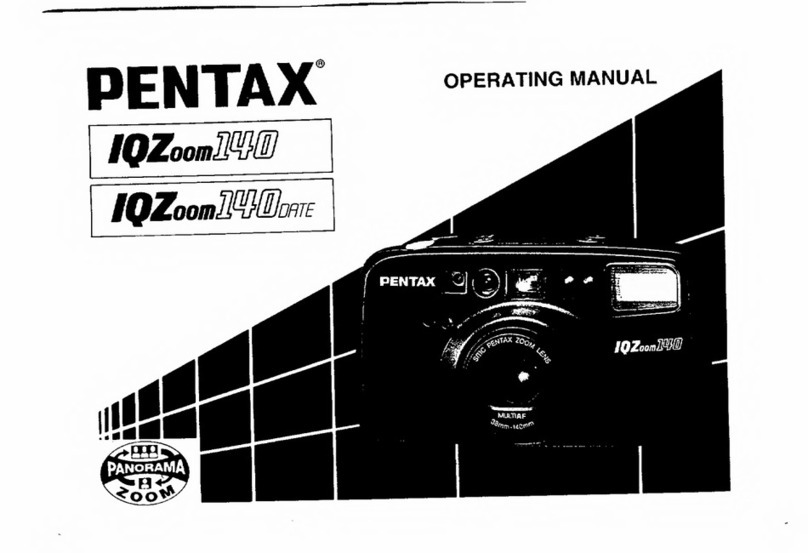
Pentax
Pentax IQZoom 140 User manual
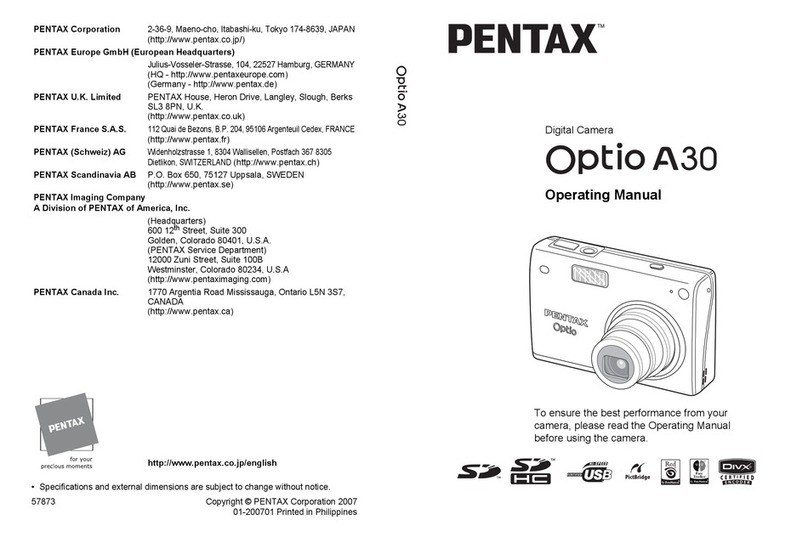
Pentax
Pentax A30E User manual
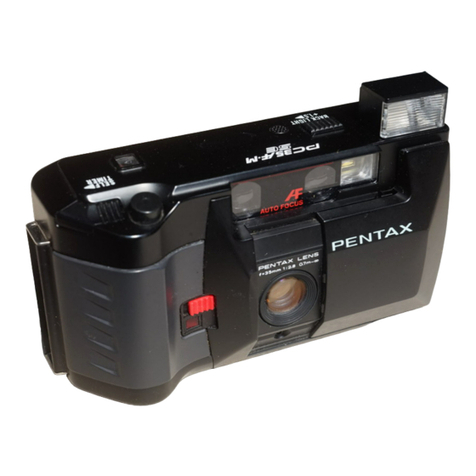
Pentax
Pentax PC35AF-M SE Date User manual
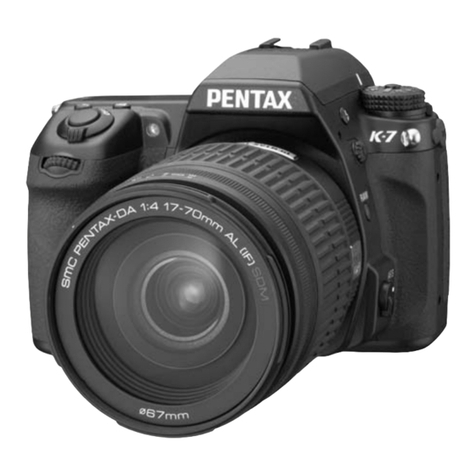
Pentax
Pentax K-7 Setup guide

Pentax
Pentax Optio 33L Instruction manual
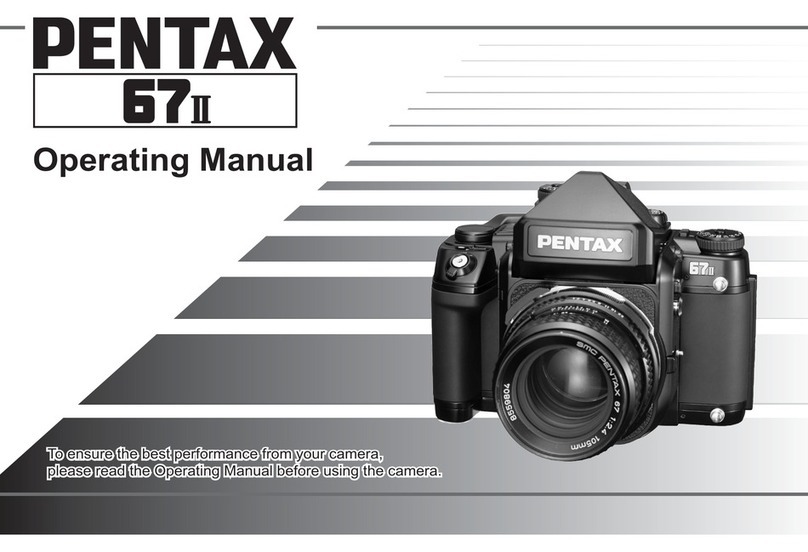
Pentax
Pentax 10291 - 67 II Medium Format SLR Focus Camera... User manual

Pentax
Pentax PC35AF-M SE Date User manual
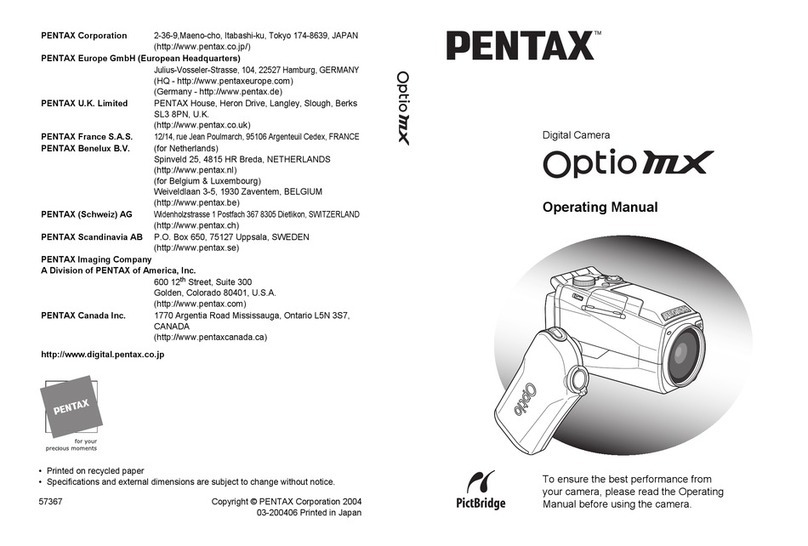
Pentax
Pentax OPTIO MX User manual
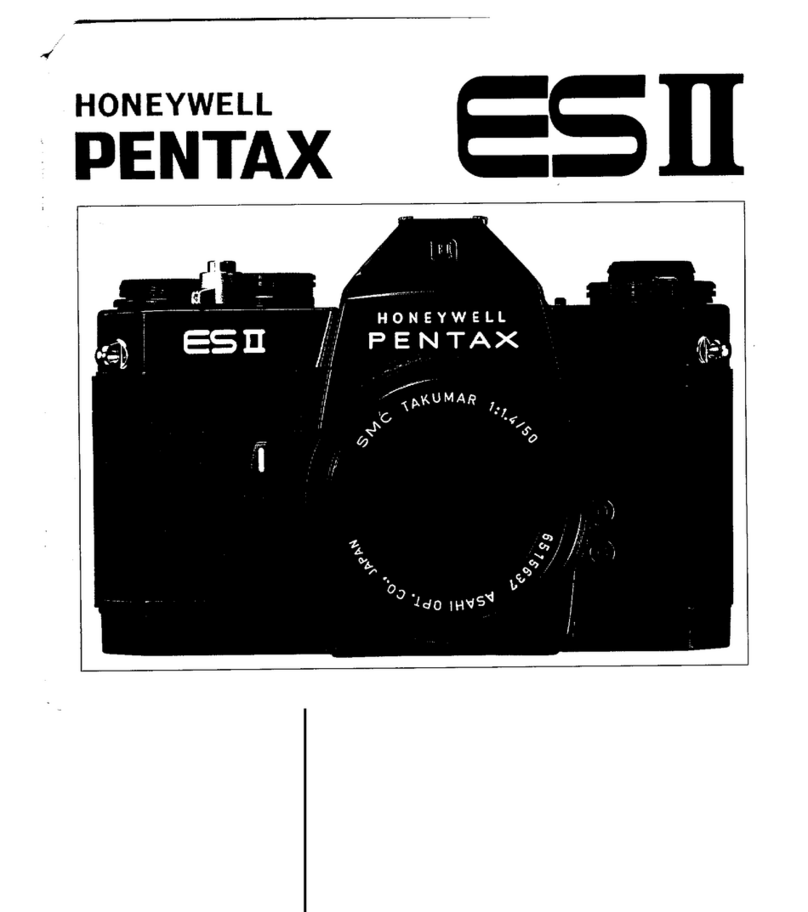
Pentax
Pentax ES II User manual
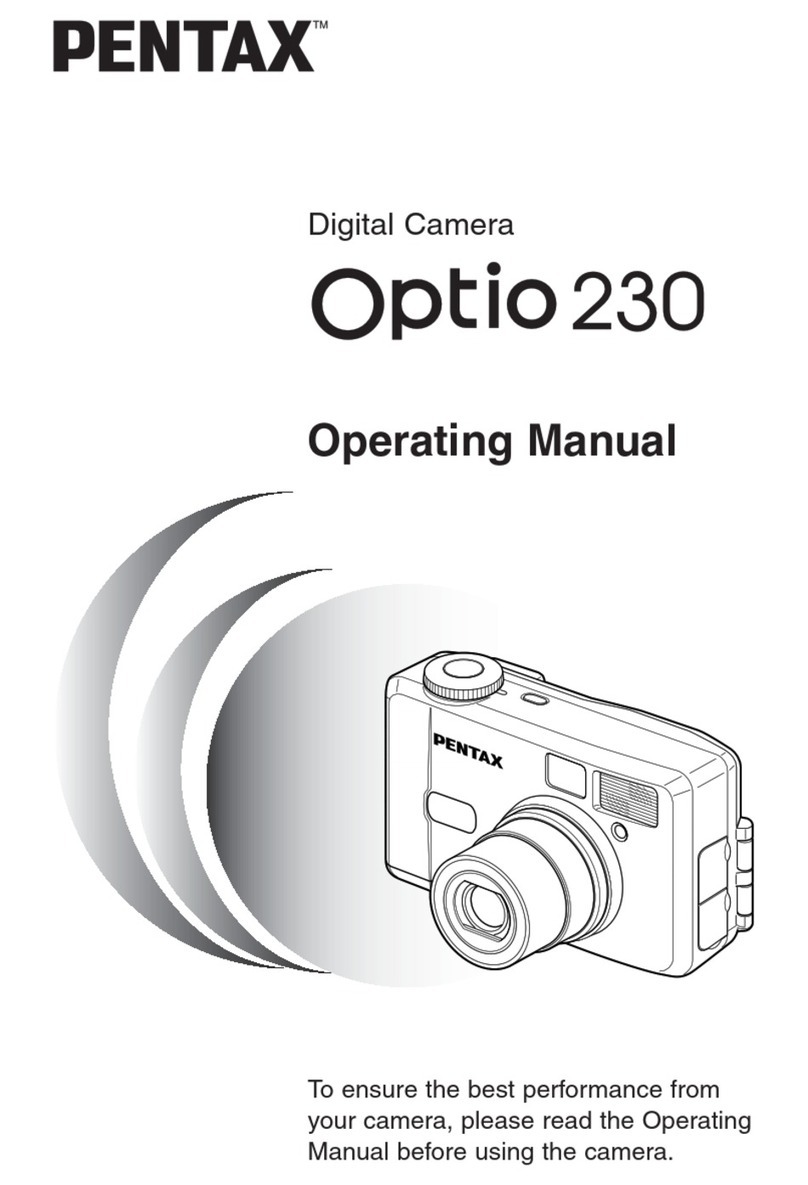
Pentax
Pentax Optio 230 User manual

Pentax
Pentax Optio E70 Operator's manual

Pentax
Pentax Sport 35 Motor Date User manual
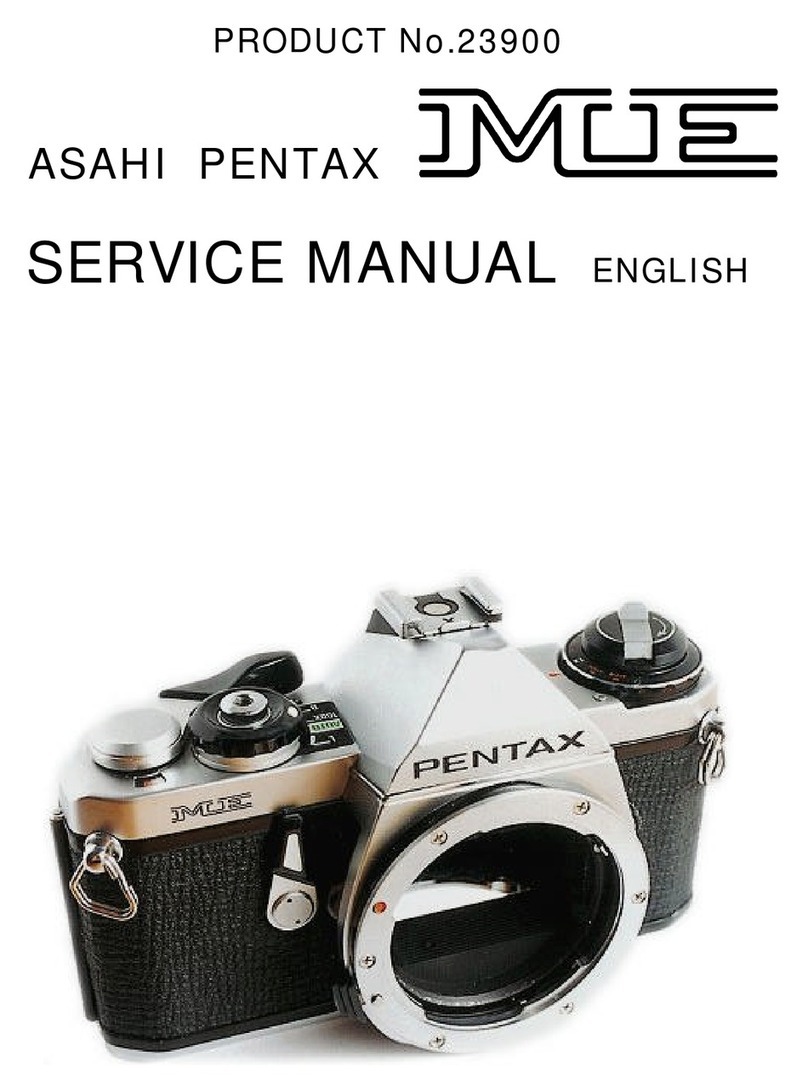
Pentax
Pentax ME Super User manual

Pentax
Pentax Time-Lapse Package User manual
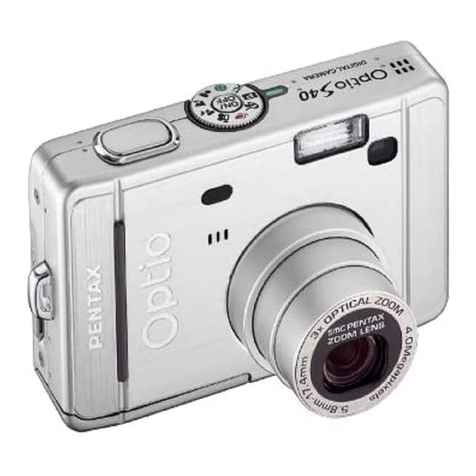
Pentax
Pentax Optio S40 - Optio S40 4MP Digital Camera User manual
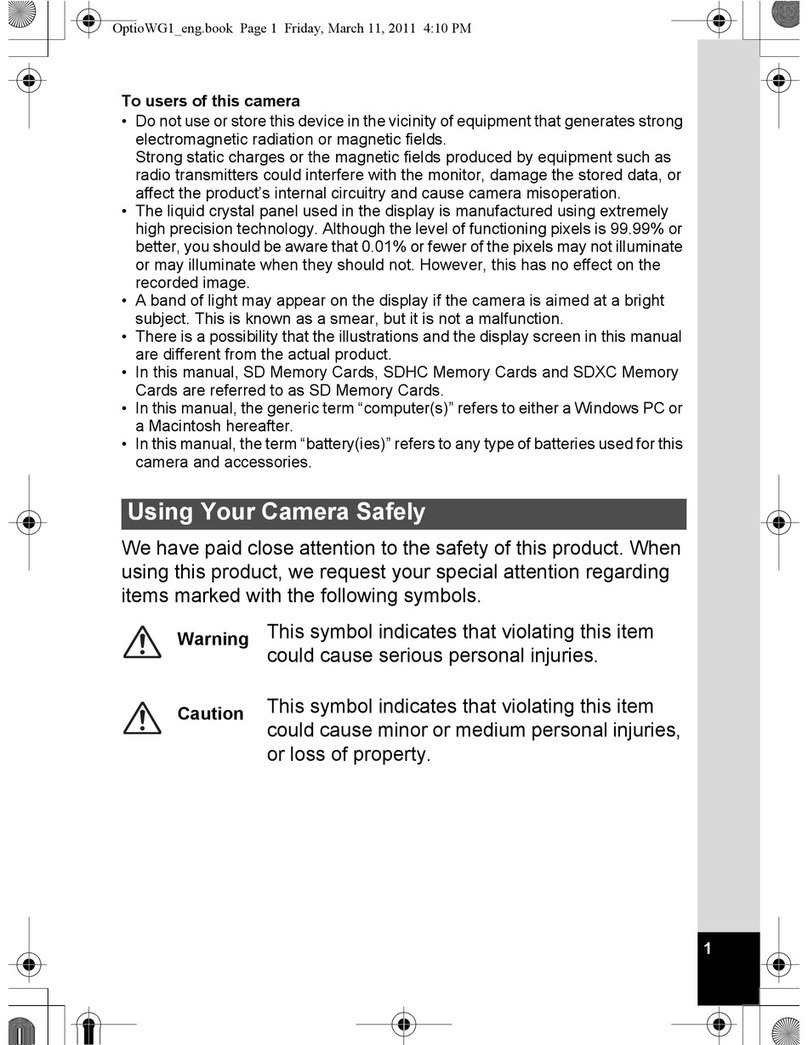
Pentax
Pentax Optio WG-1 GPS Gray User manual

Pentax
Pentax K-5 User manual
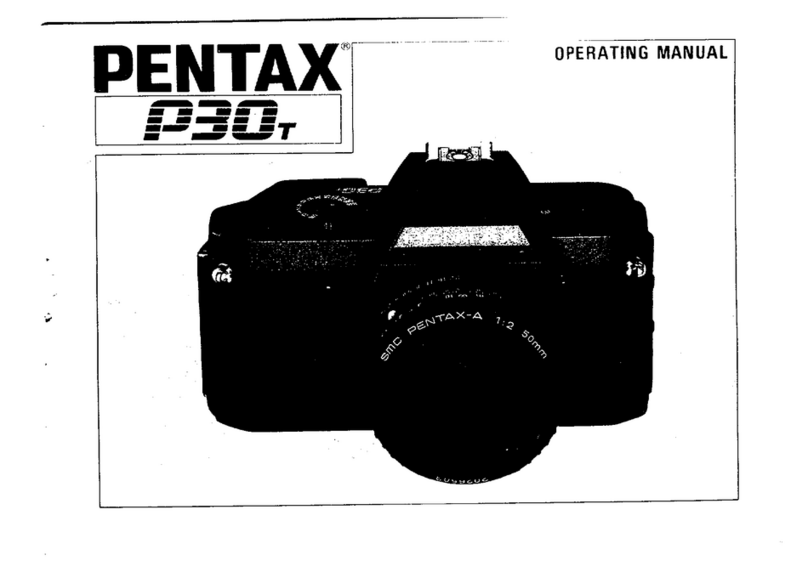
Pentax
Pentax P30T User manual
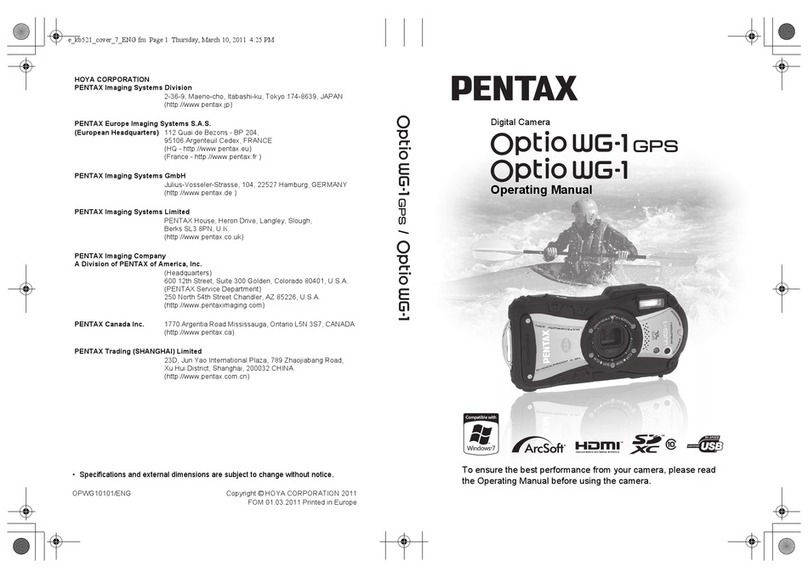
Pentax
Pentax Optio WG-1 GPS Gray User manual
